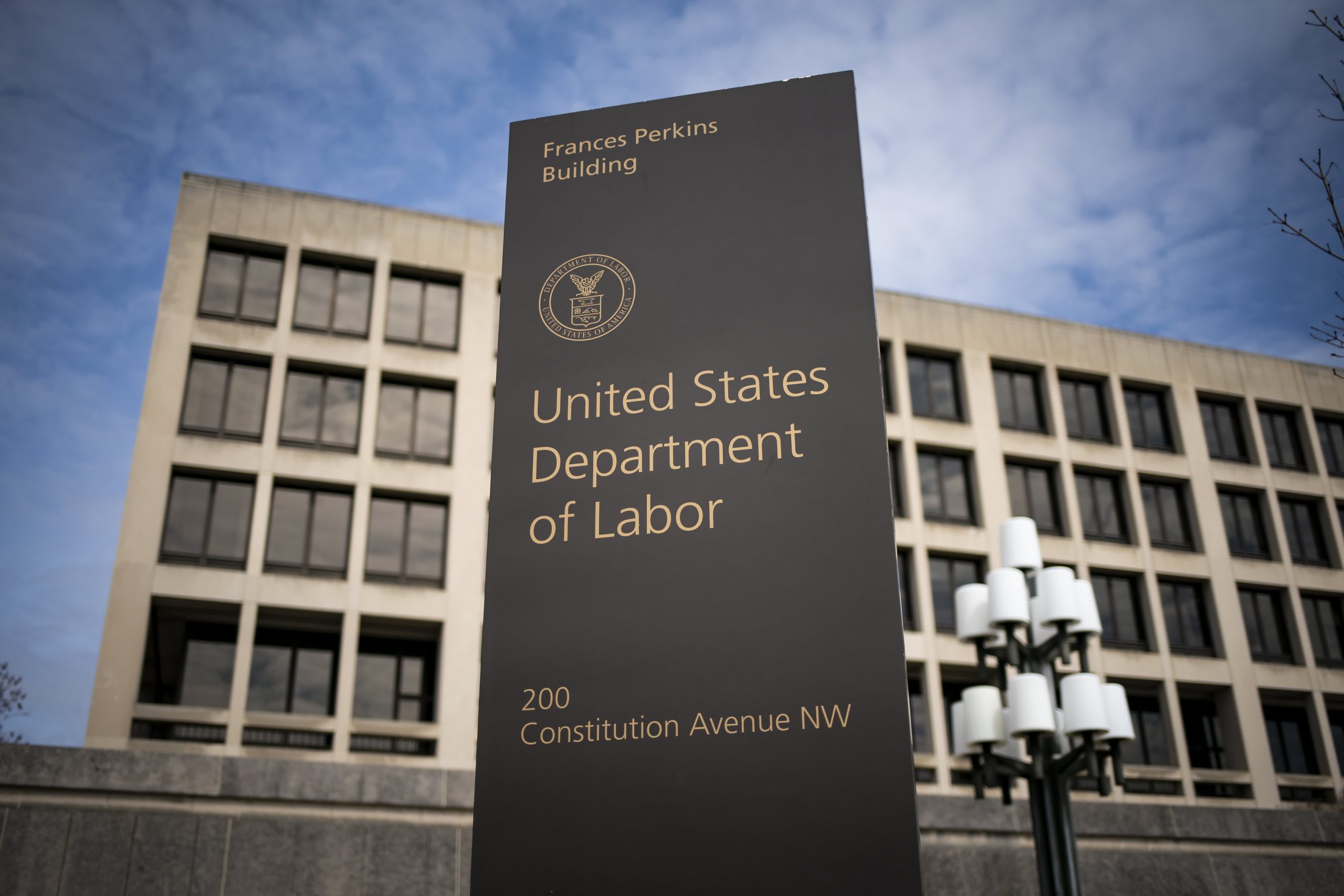The number of individuals filing first-time claims for state unemployment benefits fell sharply last week, with a total of 730,000 new claims for the week ended Feb. 20, the Department of Labor reported.
The unemployment rate has also been falling, dropping to 6.3% in January.
Signs of improvement in the labor market may create the appearance that the economy is gaining strength amid increasing vaccinations for Covid-19. Experts warn, however, that focusing on only one metric — like the headline unemployment rate — won’t tell the whole story.
“It doesn’t tell you what the pain is in the labor market completely,” said Rebecca Dixon, executive director of the National Employment Law Project. “It’s only telling you about folks who are actively available and looking for work in the last four weeks or so.
“So for folks who have been discouraged and given up, they’re not going to be counted there,” she said. “And it’s also not going to count the folks who had their hours reduced and are working part-time because that’s all that’s available to them.”
The Bureau of Labor Statistics also has a history of “misclassification errors” in which workers are mistakenly counted as employed rather than unemployed.
For example, in the May 2020 jobs report, the unemployment rate without this type of error would have been closer to 16.3%, a big difference from the 13.3% rate reported.
Watch the video to find out what happened and discover how to look at the data to get a more comprehensive view of unemployment in the U.S.
Subscribe to CNBC PRO for exclusive insights and analysis, and live business day programming from around the world.


 Signal2forex.com - Best Forex robots and signals
Signal2forex.com - Best Forex robots and signals




